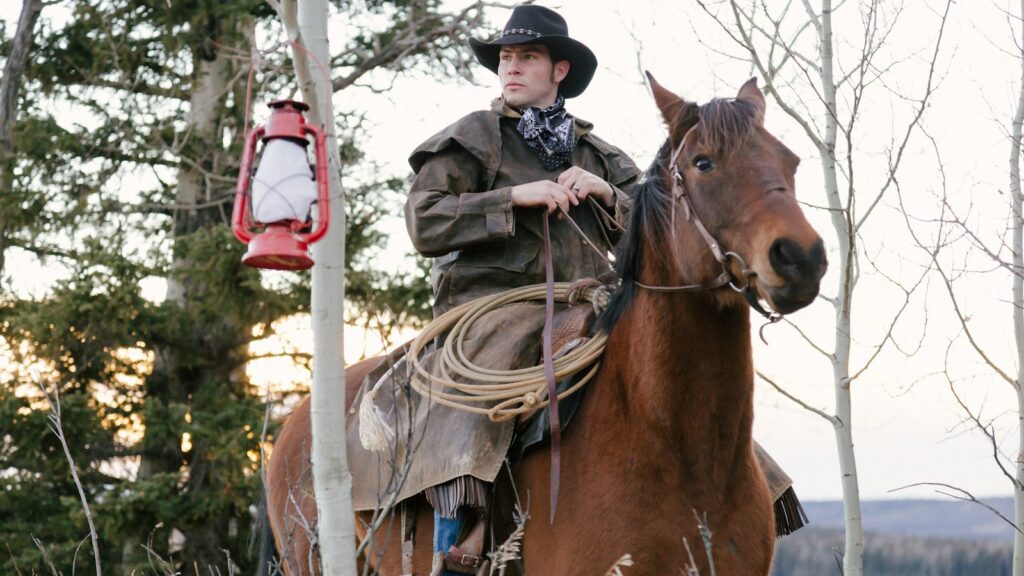Ranch horses represent the backbone of Western equestrian tradition, combining versatility, intelligence, and durability to handle the diverse demands of working cattle operations. These remarkable equines have evolved over generations to become specialized partners for ranchers and cowboys who depend on their skills daily. Whether cutting cattle from the herd, traveling long distances across varied terrain, or displaying the stamina to work from sunrise to sunset, these breeds exemplify the perfect blend of athleticism and temperament. For riders interested in ranch work, competitive events, or simply appreciating the heritage of Western horsemanship, understanding these specialized breeds offers insight into America’s agricultural history and the continuing evolution of horse-human partnerships in working environments.
Quarter Horse: The Versatile Cowboy’s Partner
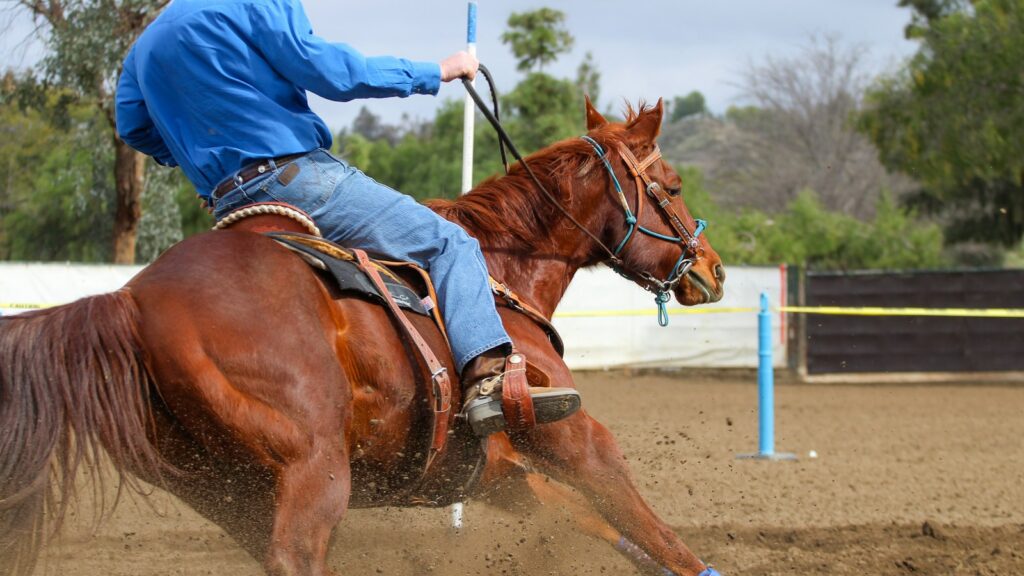
The American Quarter Horse stands as perhaps the quintessential ranch horse, earning its name from its unparalleled speed in quarter-mile races and later becoming indispensable on cattle operations across the American West. These horses typically range from 14.3 to 16 hands high and possess the compact, muscular build that provides the explosive power needed for quick starts, stops, and turns when working cattle. Their inherent “cow sense” – an intuitive ability to anticipate and respond to cattle movements – makes them particularly valuable for cutting and sorting work, where a horse must often make independent decisions. Beyond their physical capabilities, Quarter Horses are prized for their even temperaments, trainability, and the willing disposition that makes them suitable for riders of varying experience levels while still performing at the highest levels in ranch work.
American Paint Horse: Colorful Capability in the Saddle
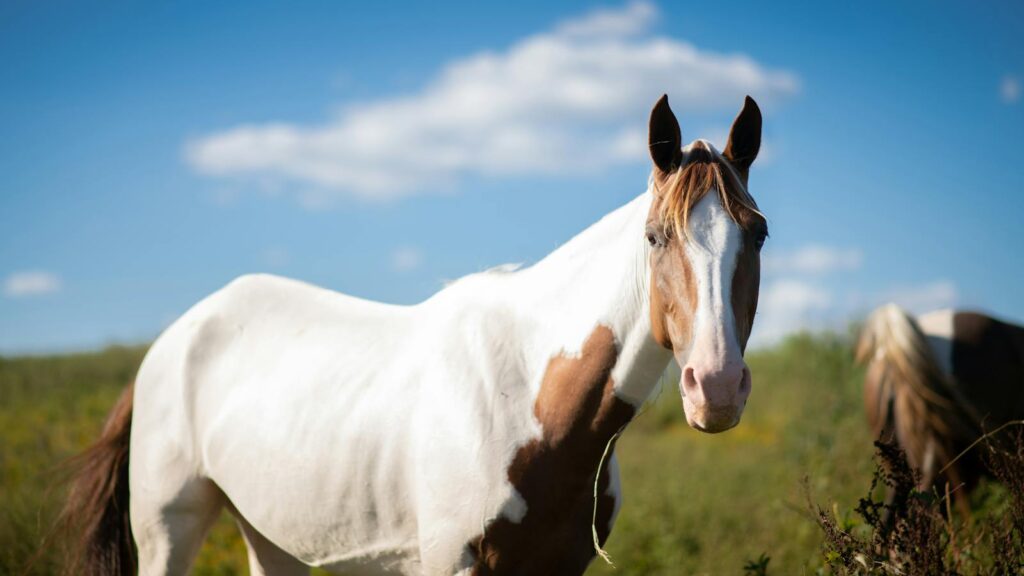
The American Paint Horse combines the practical working ability of the Quarter Horse with distinctive coat patterns that make them instantly recognizable in any herd. Their pinto coloration – typically tobiano, overo, or tovero patterns featuring dramatic white markings against base colors – doesn’t diminish their credentials as serious working horses capable of handling all ranch tasks. Sharing much of their genetic background with Quarter Horses, Paints exhibit similar muscular hindquarters, powerful shoulders, and the athletic ability necessary for cutting, roping, and general cattle work. Their intelligence and trainable nature make them quick studies for ranch tasks, while their striking appearance has added value for ranchers who appreciate both function and form. Many Paint Horses excel in versatility competitions that simulate ranch work, demonstrating their all-around capabilities from pasture to show ring.
Appaloosa: Spotted Heritage of Endurance and Versatility
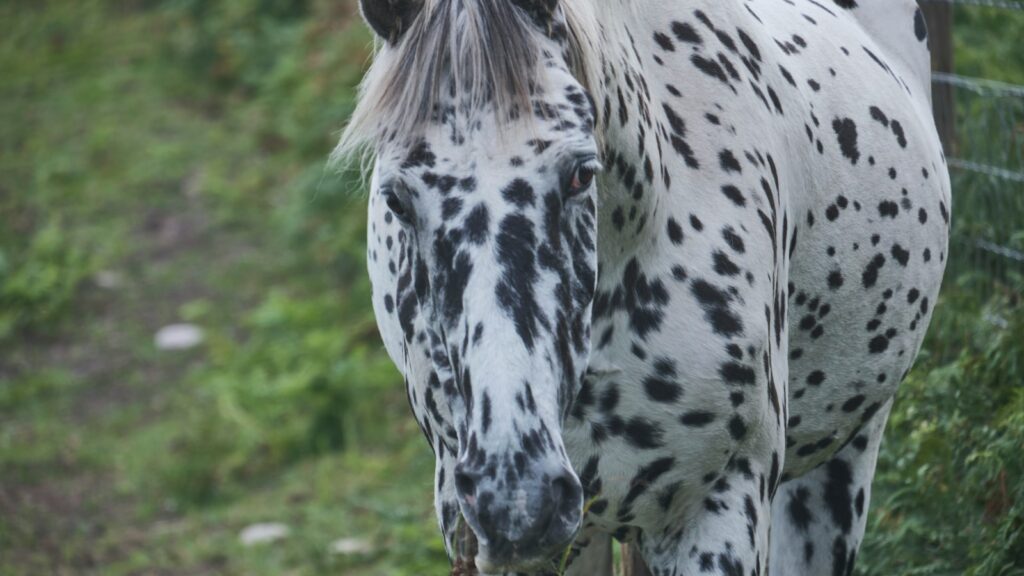
The Appaloosa’s distinctive spotted coat patterns reflect their rich heritage as horses developed by the Nez Perce tribe, who selectively bred for both distinctive coloration and performance qualities. These horses are renowned for their stamina and sure-footedness in challenging terrain, making them excellent choices for ranches in mountainous or rough country where long days in the saddle are common. Beyond their striking appearance – which may include leopard, blanket, or snowflake patterns – Appaloosas possess physical characteristics that serve practical purposes, including striped hooves that tend to be harder and more durable than those of other breeds. Their adaptable nature allows them to transition easily between various ranch tasks, from working cattle to pulling wagons or carrying packs during seasonal operations. The breed’s intelligence, combined with a certain independence of spirit, creates horses that think for themselves in working situations while maintaining responsiveness to experienced riders.
Morgan Horse: The Durable All-Purpose Ranch Hand
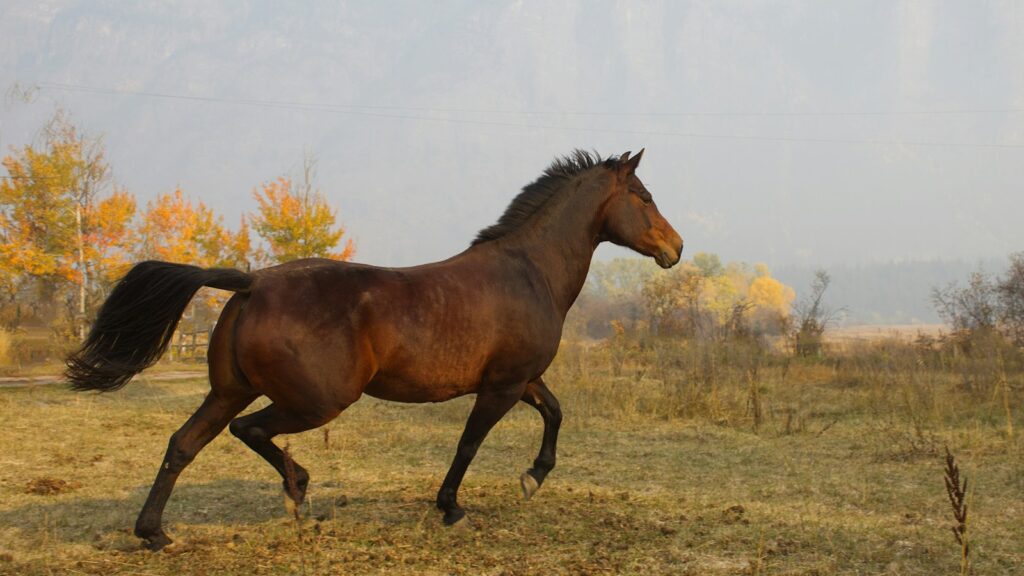
Though often associated with the Eastern United States rather than Western ranching traditions, the Morgan horse has proven its worth as a versatile ranch performer with remarkable stamina and strength packed into a medium-sized frame. Descending from a single foundation sire named Figure (later called Justin Morgan), these horses typically stand 14.1 to 15.2 hands and possess exceptional density of bone and muscle that contributes to their legendary durability. Their willing temperament and eagerness to please make them particularly suitable for ranch environments where horses must adapt to various tasks throughout the working day. Morgans demonstrate excellent endurance for long days of riding, the strength needed for occasional draft work, and the agility required for handling cattle – all while maintaining the people-oriented disposition that has made them beloved family horses for generations. Their natural collection and balance also make them comfortable mounts for covering substantial distances, an important consideration for ranchers monitoring large properties.
Mustang: Natural-Born Survivor with Ranch Potential
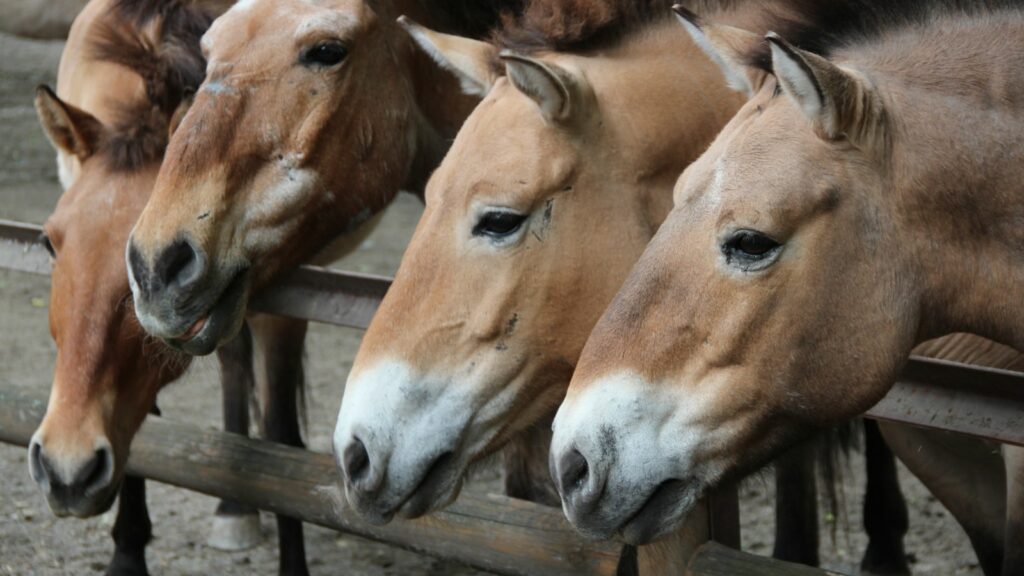
Mustangs – descendants of escaped domestic horses that adapted to survive in the challenging environments of the American West – bring unique qualities to ranch work that reflect their evolution in harsh conditions. These horses typically possess excellent feet and legs, having developed natural soundness through generations of living on varied terrain without human intervention or veterinary care. Their instinctive intelligence and problem-solving abilities often translate to exceptional awareness in working environments, making them valuable partners in unpredictable situations involving cattle or challenging landscapes. While requiring more patience during initial training compared to some purpose-bred ranch horses, properly gentled and trained Mustangs frequently develop fierce loyalty to their handlers and demonstrate remarkable versatility across ranch tasks. Their natural efficiency of movement and inherent stamina allow them to work longer with less fatigue, making them economical partners for working ranchers concerned with both performance and maintenance costs.
Australian Stock Horse: International Excellence in Cattle Work
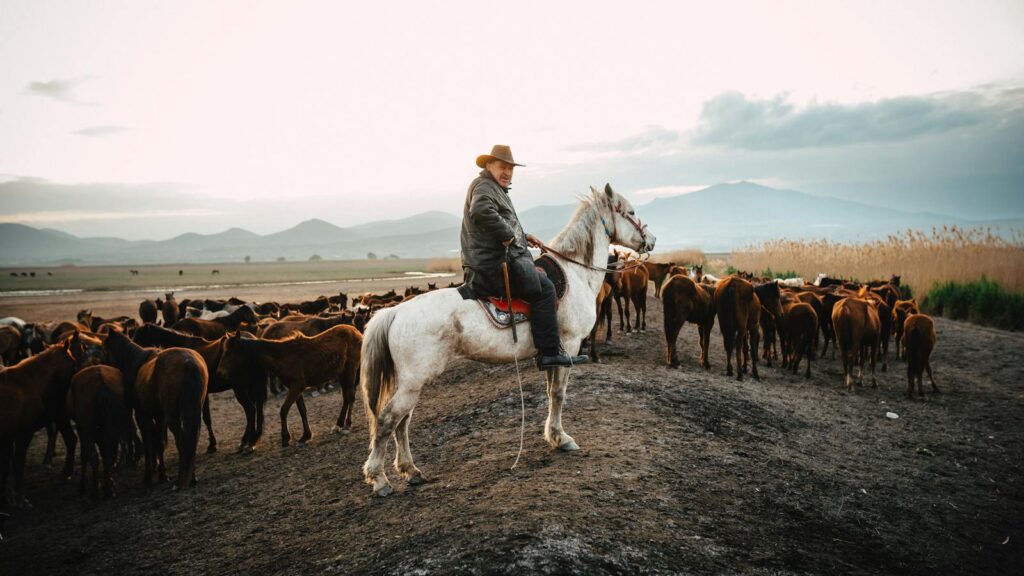
The Australian Stock Horse has gained increasing recognition in North America as an exceptional ranch performer, bringing centuries of development in the challenging conditions of the Australian outback to working cattle operations worldwide. Developed from hardy colonial horses with infusions of Thoroughbred, Arab, and native pony bloodlines, these horses combine exceptional endurance with the agility needed for working cattle in open range conditions. Their defining characteristic is often described as “impulsion with control” – the ability to move quickly with purpose while remaining responsive and collected rather than running headlong. Australian Stock Horses typically possess excellent feet designed to withstand both rocky terrain and sandy conditions without excessive wear or requiring frequent shoeing. Their intelligence allows them to work independently when necessary, making them particularly valuable on operations where a single rider might need to manage substantial herds across extensive acreage.
Foundation Quarter Horse: The Original Ranch Workhorse
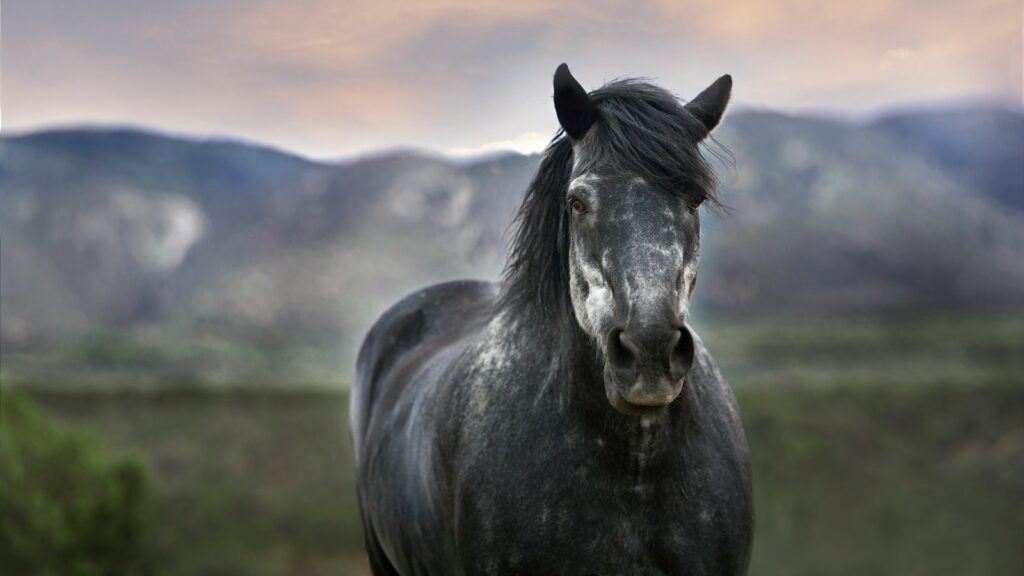
The Foundation Quarter Horse represents a specialized subset of the Quarter Horse breed, specifically preserving the original type that excelled in ranch work before the influence of Thoroughbred bloodlines created taller, leaner horses for racing and show purposes. These horses typically stand 14 to 15 hands high with substantial bone, deep heart girth, and powerful hindquarters built for driving cattle and maintaining stamina throughout long working days. Their shorter stature provides practical advantages on working ranches, including greater stability when working on hillsides, easier mounting and dismounting during frequent stops, and typically lower maintenance requirements than larger horses. Foundation Quarter Horses often demonstrate exceptional “cow sense” that seems almost instinctive, allowing them to anticipate cattle movements and react appropriately with minimal guidance from riders. Their calm disposition combines with physical toughness to create horses that remain sound and serviceable well into their twenties, representing excellent long-term investments for working ranch operations.
Understanding Conformation Traits for Ranch Work
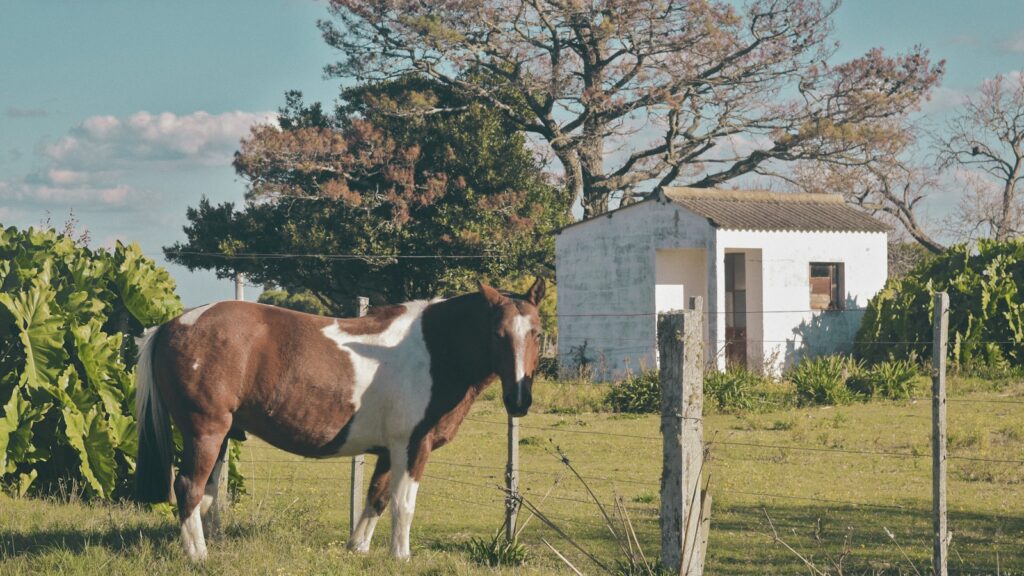
Regardless of breed, certain conformation traits consistently appear in successful ranch horses that stand up to the demands of daily work. Strong feet with substantial hooves provide the foundation for soundness, ideally with sufficient heel and thick hoof walls that resist cracking and excessive wear on varied terrain. Well-angled shoulders and pasterns help absorb concussion during long rides and quick maneuvers, reducing strain on joints and extending working longevity. The most effective ranch horses typically display moderate heights (14.2-15.2 hands) with substantial bone relative to their size, creating durability without excessive weight or feed requirements. A short back coupled with strong loins provides the power transfer needed for quick starts and stops when working cattle, while a deep heart girth accommodates well-developed lungs and heart for sustained aerobic work throughout long days in the saddle.
Essential Temperament Characteristics for Ranch Horses
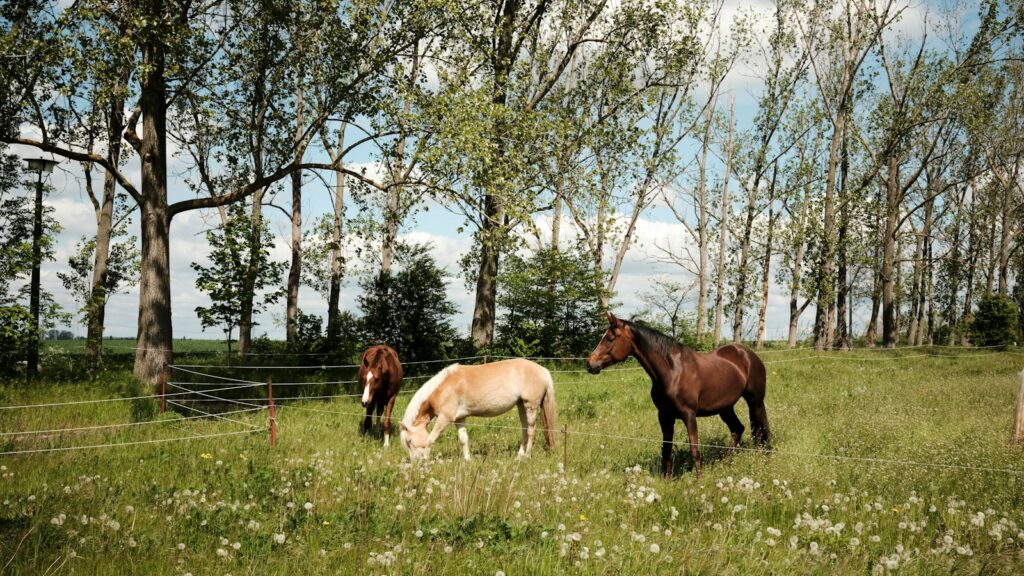
The mental makeup of an effective ranch horse often proves as important as physical attributes in determining long-term success in working environments. Ideal ranch prospects demonstrate a balanced temperament between responsiveness and independence—they must follow rider instructions precisely while also making appropriate decisions when working cattle without micromanagement. Consistent trainability matters more than flashy initial talent, as ranch horses must continually adapt to new situations and expand their skill sets throughout their working lives. The ability to remain calm during chaotic situations—whether sorting excited calves or navigating around unfamiliar equipment—preserves both horse and rider safety in unpredictable working environments. Perhaps most importantly, successful ranch horses typically display a willing attitude characterized by genuine engagement with their work rather than merely tolerating it, creating the partnership quality that distinguishes truly exceptional working horses from those that merely perform their tasks adequately.
Training Progression for Effective Ranch Horses
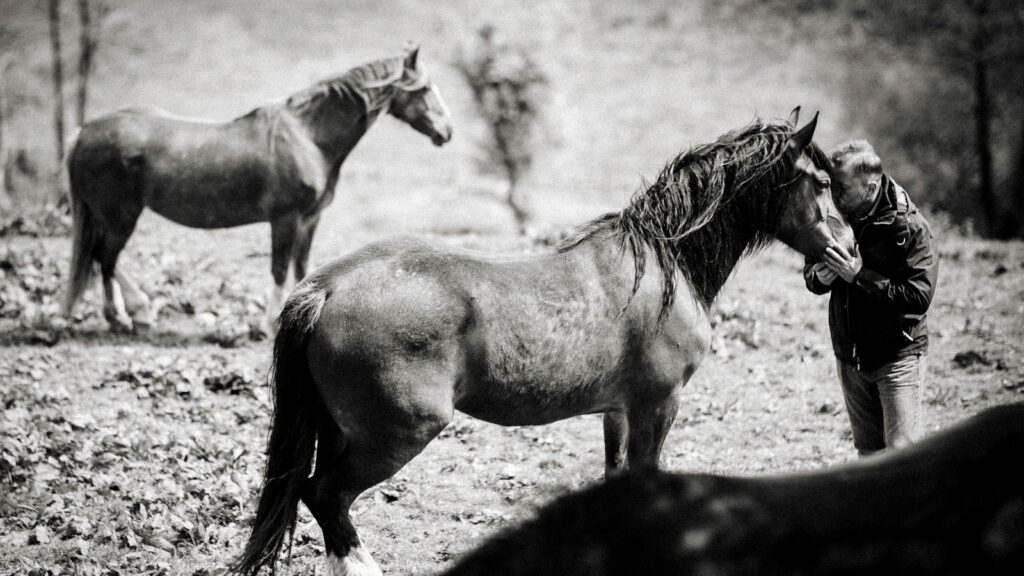
Creating a dependable ranch horse requires systematic training that develops both physical capabilities and mental frameworks for understanding diverse working tasks. The foundation typically begins with meticulous groundwork establishing respect, responsiveness to pressure, and fundamental body control before a rider ever sits in the saddle. Progressive riding training generally emphasizes precision in basic movements—consistent stops, balanced turns, responsive lateral work—creating the physical vocabulary necessary for more complex maneuvers required in cattle work. Introduction to cattle ideally occurs gradually, allowing horses to develop confidence and understand their role in controlling livestock movement without becoming overly excited or aggressive. The most effective ranch training programs incorporate real-world applications throughout the process, exposing young horses to authentic working environments—gates, varying terrain, weather conditions, equipment—rather than solely focusing on arena exercises that may not translate directly to ranch functionality.
Health Considerations for Working Ranch Horses
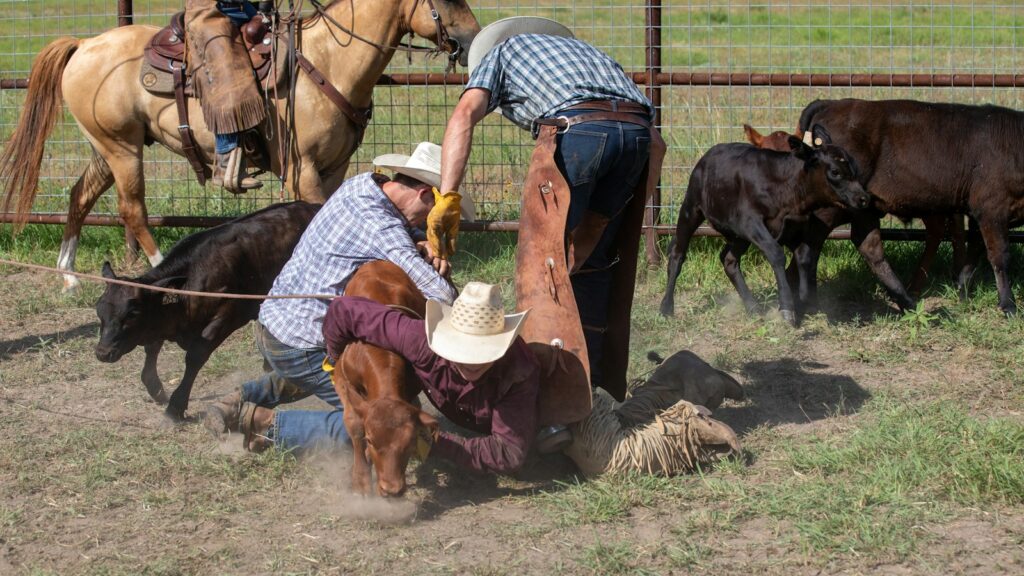
Maintaining sound, serviceable ranch horses requires preventative health practices specifically tailored to the demands of their working lifestyle. Nutrition programs must balance adequate energy for sustained work with appropriate mineral fortification supporting hoof and bone development, often requiring supplementation beyond forage alone in challenging environments. Regular dental care becomes particularly critical for working horses who must maintain weight while processing substantial forage volumes, as even minor dental issues can significantly impact overall condition when combined with high work demands. Thoughtful shoeing or trimming protocols should address individual horse needs while considering the specific terrain challenges of each ranch operation, potentially including specialty shoes for rocky ground or periods of barefoot conditioning when appropriate. Proactive veterinary partnerships focusing on preventative care—strategic deworming, appropriate vaccination, and early intervention for minor issues—help maintain working soundness and extend productive careers for valuable ranch horses that often represent substantial investments of both money and training time.
Modern Ranch Versatility Competitions
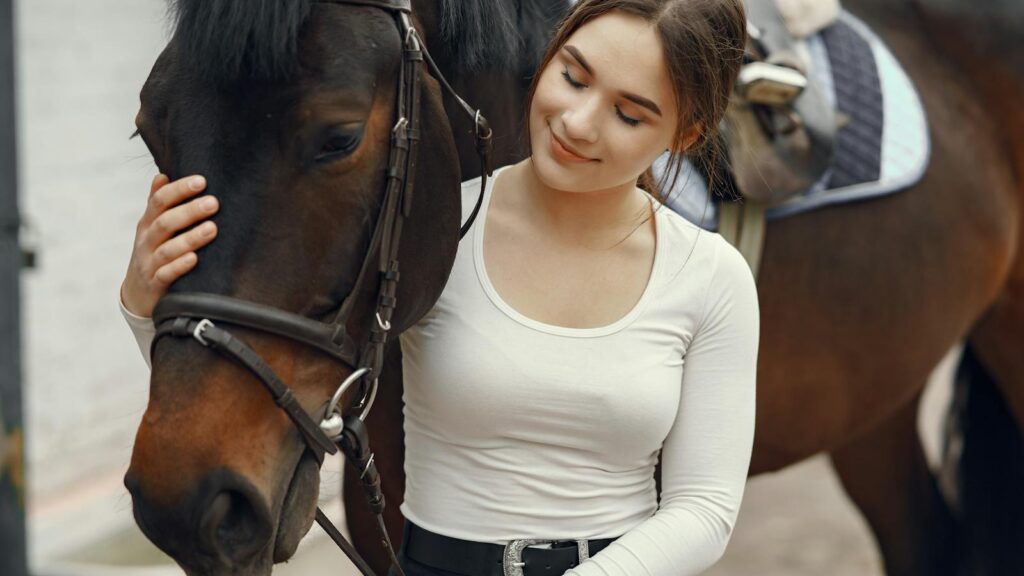
The skills required of working ranch horses have evolved into formalized competitive events that showcase the versatility and training of these remarkable equine partners. Ranch Horse Versatility competitions typically include components reflecting authentic work scenarios: reining patterns demonstrating precise control, trail obstacles simulating ranch challenges, cutting or cow work demonstrating stock handling abilities, and sometimes ranch riding classes emphasizing functional movement between tasks. These events provide meaningful metrics for evaluating potential ranch prospects while creating incentives for breeders to maintain working qualities in their breeding programs rather than focusing solely on specialized show traits. For recreational riders without access to cattle operations, these competitions offer opportunities to experience the satisfaction of developing diverse skills that connect to authentic horsemanship heritage. The growing popularity of ranch versatility classes has influenced broader horse training methodology, promoting the development of well-rounded horses capable of excelling across multiple disciplines rather than extreme specialization.
The Legacy and Future of Working Ranch Horses
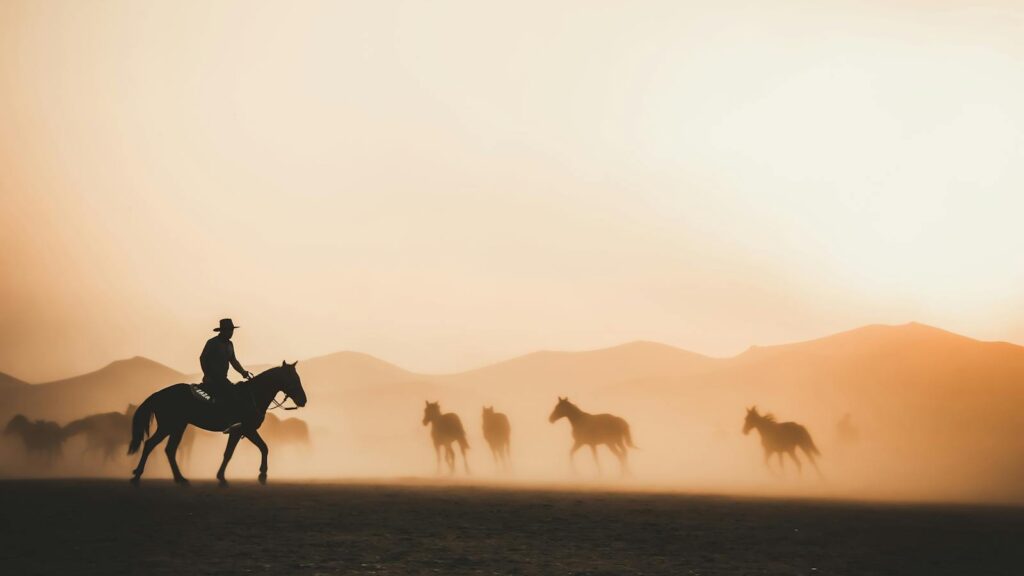
Ranch horses represent living connections to American agricultural heritage, their capabilities reflecting centuries of practical evolution adapted to the specific demands of livestock management across diverse landscapes. While technological advances have changed some aspects of ranching operations, horses remain irreplaceable for certain tasks—particularly in rough country where mechanical access proves difficult or environmentally damaging. The selective pressures that created these versatile equine partners continue in working environments, maintaining practical traits that might otherwise diminish in populations bred primarily for appearance or specialized competition. Forward-thinking breeding programs increasingly incorporate modern genetic testing while maintaining performance evaluation, balancing the preservation of traditional working characteristics with advances in understanding heritable conditions affecting soundness and longevity. As agricultural practices continue evolving to meet contemporary challenges, the adaptable nature of well-bred and thoughtfully trained ranch horses ensures their continuing relevance in sustainable livestock management systems that balance efficiency with environmental stewardship.
conclusion
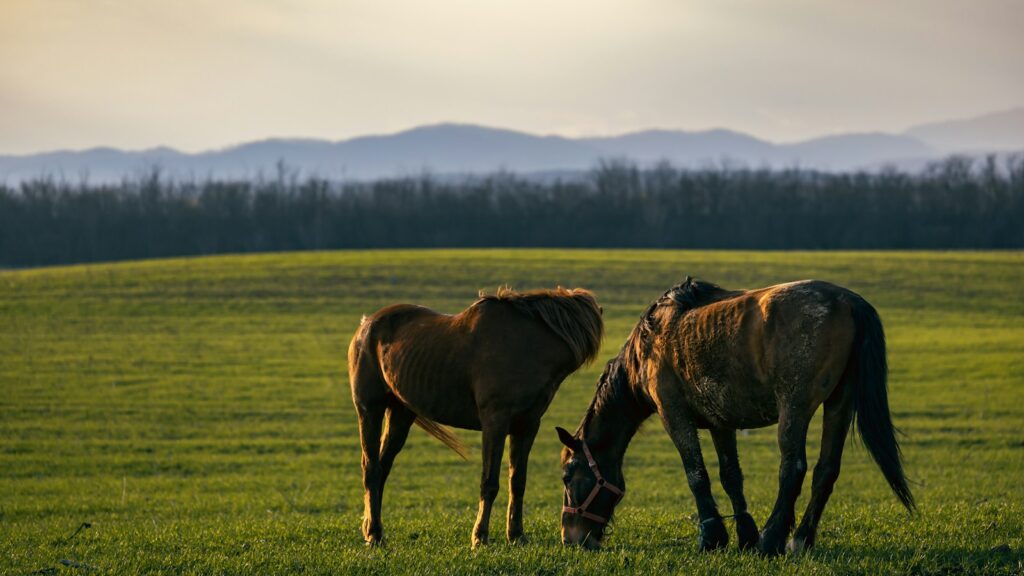
The seven ranch horse breeds highlighted here represent generations of selective breeding focused on creating the ideal partners for demanding agricultural work. Whether you’re a working rancher selecting horses for daily use, a competitive rider interested in ranch versatility events, or simply an enthusiast appreciating the remarkable capabilities of these specialized equines, understanding these breeds provides insight into the practical evolution of horses to meet human needs. While individual horses within any breed may vary in their aptitudes and temperaments, these breeds consistently produce individuals with the physical capabilities, intelligence, and willingness that define excellent ranch horses. As both working tools and cultural heritage, these horses embody the practical partnership between humans and equines that has shaped agricultural development across centuries and continues to evolve in modern ranching operations.

